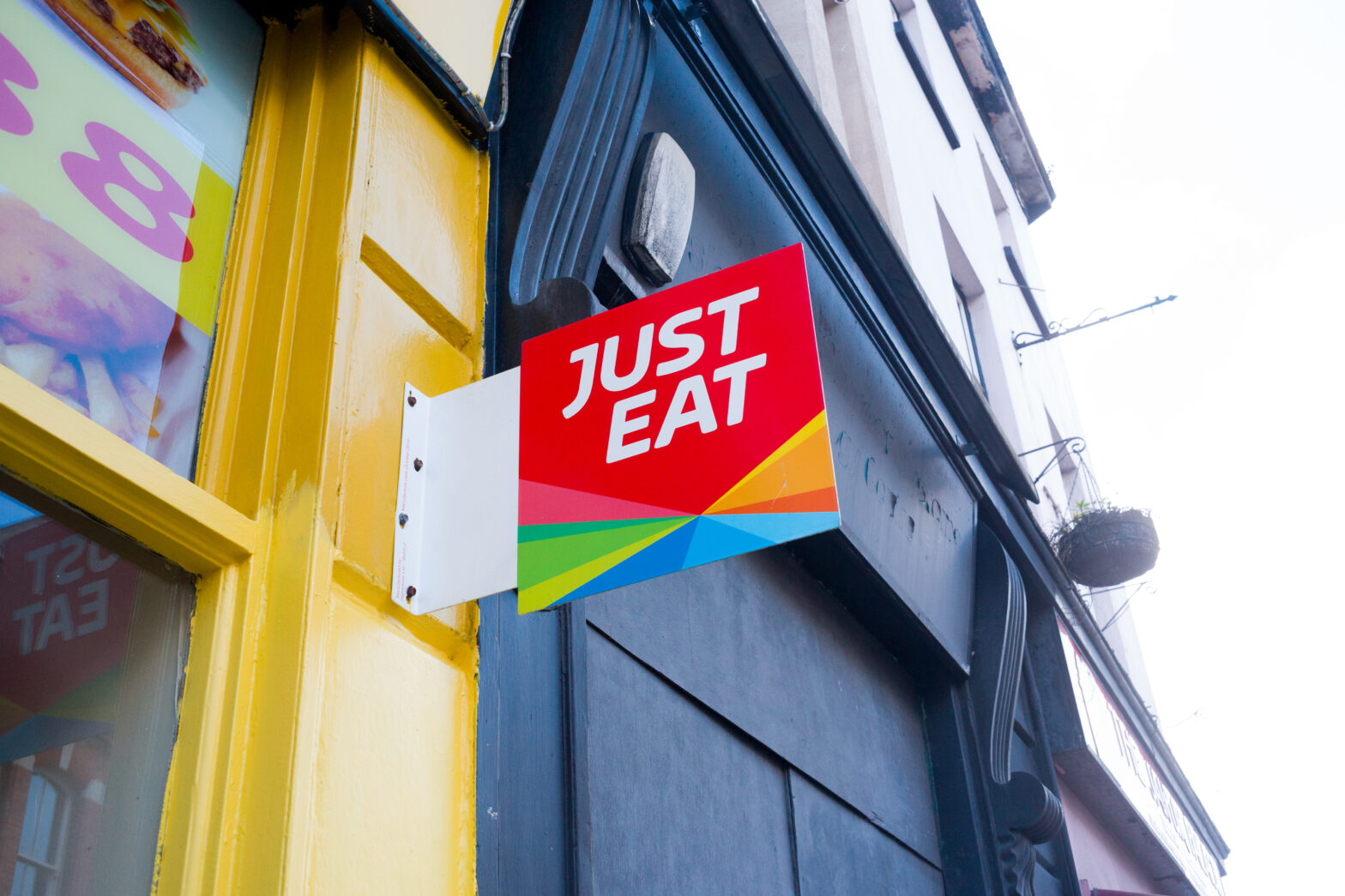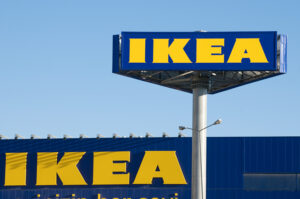Personalising food at work - what it means and how to implement it
- 4 Min Read
As the workplace continues to evolve, so do the ever-changing expectations of employees. After years of becoming accustomed to hybrid working and reaping the benefits of home working (a comfortable working station or easier access to nutritious food to name a couple), employees now favour a change to their in-office experience – one that more […]
- Author: Matt Ephgrave
- Date published: Feb 12, 2024
- Categories

As the workplace continues to evolve, so do the ever-changing expectations of employees. After years of becoming accustomed to hybrid working and reaping the benefits of home working (a comfortable working station or easier access to nutritious food to name a couple), employees now favour a change to their in-office experience – one that more closely aligns with their home setup.
One notable shift lies in the evolving demand for food in the workplace. Employees are no longer viewing workplace food simply as sustenance, instead valuing diversity and choice that accommodates various dietary requirements and cultural preferences – which they have often had better access to over the past few years at home.
Why it matters
Before exploring the benefits, it is vital to understand what this might look like. Workplace personalisation in the context of food goes beyond providing generic meal options to staff, whether that’s at lunch or in a meeting.
It requires business leaders to provide offerings that meet the wide range of preferences and needs of individual employees at the office, and which can act as a connector – helping teams to forge closer connections in a more informal setting. This can be demonstrated in several ways and can vary in the extent to which they are applied.
Personalisation of food in the workplace can have a significant impact on employee wellbeing – both emotionally and physically. On an emotional level, tailoring food options acknowledges individual preferences, and provides teams with autonomy and choice when it comes to their food at work – something that was once a one-size-fits all affair.
In doing so, business leaders can help to foster a positive environment, as employees see their needs are being considered and met, enhancing overall job satisfaction, team morale and motivation.
In 2023, we conducted a survey of UK employees to understand what they thought were the main benefits of the workplace. Two in three believe that sharing a meal with colleagues contributes to a positive workplace culture, seeing food as a social connector.
From a physical perspective, providing personalised food options can support the varying overall health and physical wellbeing needs of employees. These choices also acknowledge the significance of allergens, ensuring that employees with specific allergies can still enjoy a wide array of options tailored to their dietary requirements.
Catering to individuals’ needs ensures that employees have access to nutrition that aligns with their wellbeing goals and in turn, can contribute to improved concentration, increased energy levels, and better overall physical health, leading to optimum productivity and performance.
Implementing into business strategy
Technology-driven solutions are vital for providing employees with choice and flexibility. Digital food delivery platforms, such as Just Eat for Business, offer not only the benefit of greater variety but also increased flexibility on when you can order.
Our recent research highlights office workers’ desire for increased flexibility in the office, with 93% agreeing that flexibility is important for them in some capacity. Along with selecting foods that match their dietary preferences and requirements, employees have the option to choose their portion size, when they’d like to eat, and where they’d like to eat.
One way to implement this is through offering customised menus that cater to various dietary requirements. These include plentiful options for those who are vegetarian, vegan, gluten-free, or those with other allergy and dietary restrictions, which puts the choice in the hands of employees.
This doesn’t just apply to single orders. Digital platforms can allow for group ordering from multiple restaurant partners to ensure that those in one big meeting aren’t compromising. Modern food delivery tech for businesses helps to make the purchase process much more straightforward.
Employees now have the freedom to choose between leaving the office in search of food, or seamlessly ordering food to the office at a time that suits them.
For employers seeking to implement food personalisation in the workplace, it is important to remember there is not a one-size-fits-all solution. An effective approach caters to dietary requirements, cultural backgrounds and individual preferences in a manner that is flexible and makes financial sense.
Looking to digital food delivery platforms is an ideal option for business leaders looking to implement these changes in their workplace.









